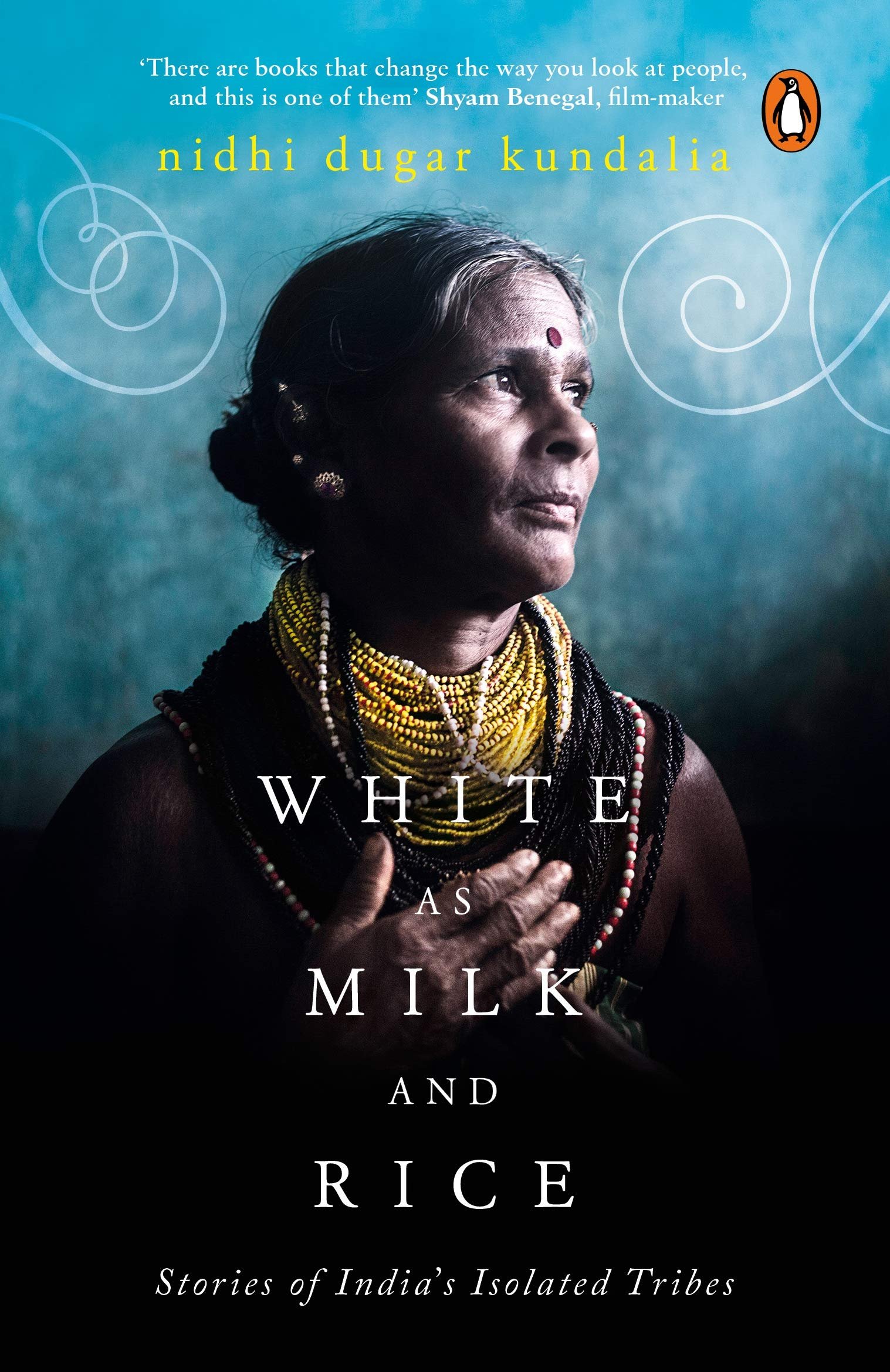
White as Milk and Rice is categorized as nonfiction with all the elements of fiction used perfectly. The beautiful and poetic language makes the book heartwarming and the reader empathetic towards the tribe. The book includes the stories about 6 tribes- The Halakkis of Ankola, Kanjars of Chambal, Kurumbas of Nilgiri, Marias of Bastar, Khasis of Shillong and Konyaks of Nagaland.
Interestingly, all these tribes have a very peculiar story about it. A tribal woman who won Padma Shri, a dacoit tribe with a royal lineage, a tribe that considers as their hero.
I was totally hooked as I’m always intrigued by the tribal life. However, it’s very very compelling, and informative even for people who might be moderately interested in knowing about these lesser-known people.
You might ask what’s the relevance of the title? Well, back in 1901, when Thurston first conducted a study on the tribe Alu Kurumbas from the Nilgiri, the prefix ‘Alu’ was absent; it seems to have been a recent development, a phenomenon just a few decades old.
Alu in Kannada means milk, symbolising good and harmless. Before this, the tribe was feared due to their sorcery and witchcraft practices which deprived them of employment, education, and inclusiveness. It may be that this tribe themselves have added the prefix to remove the negative connotation about themselves.
Another tribe documented in this book, the Halakkis, were subjected to years of antipathy from mainstream society, credits its name to the rice they grow, which is white as milk. Hence the title. The book cover is of the tribal woman who won a Padma Shree award for her singing perfectly depicting their achievements irrespective of their humble background.
.
Here are the bits of brilliance:
~ Talking about their children’s future uncertainties and the impact of militants- “She (daughter) may then become a police officer, or teacher” she tells after him, or even a Mao, she whispers to herself.
~ Only a few from these hamlets went to school, but they could read what was written on their bag- Government. He recognized the words from its shape- it was on every pamphlet and poster handed to them.
Nidhi Dugar Kundalia is a journalist and mostly writes on socio-cultural issues, documenting human lives and their journeys through various settings. Her first book was The Lost Generation: Chronicling India’s dying professions was released in 2015.

